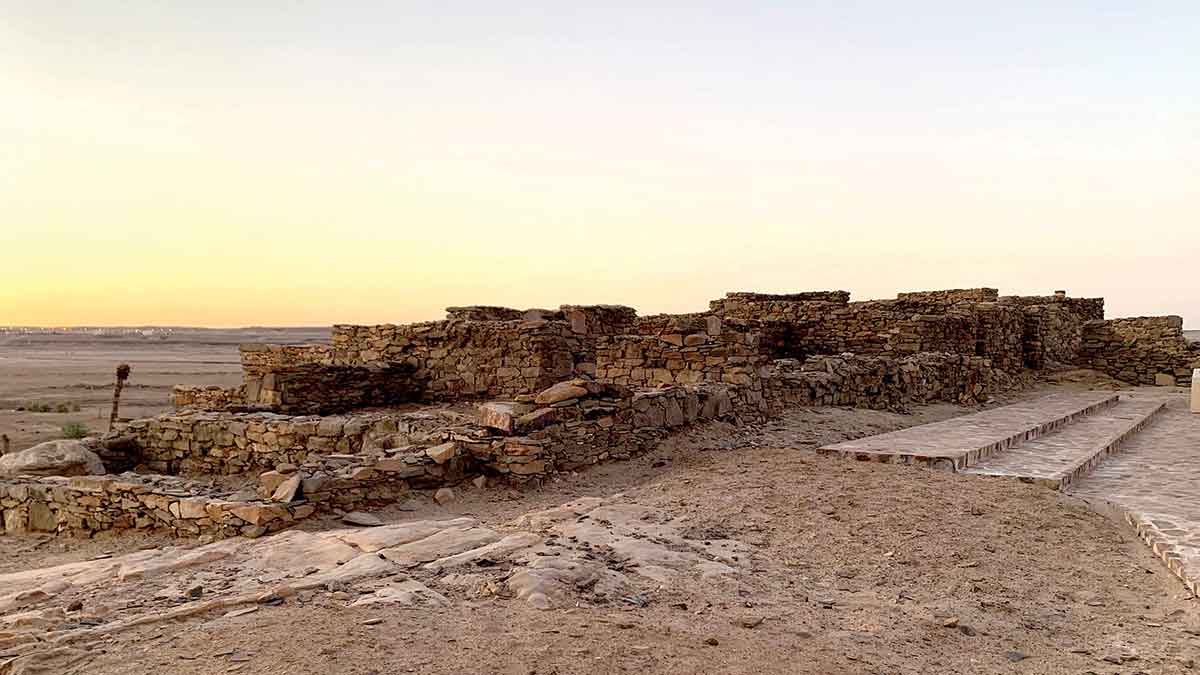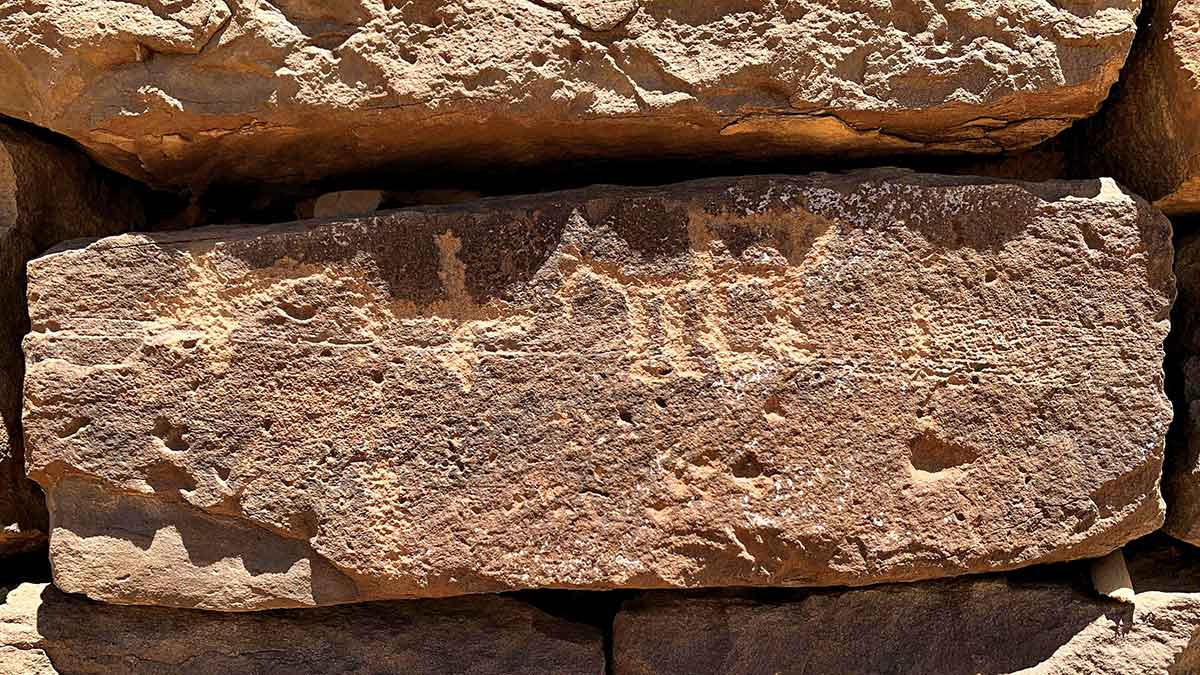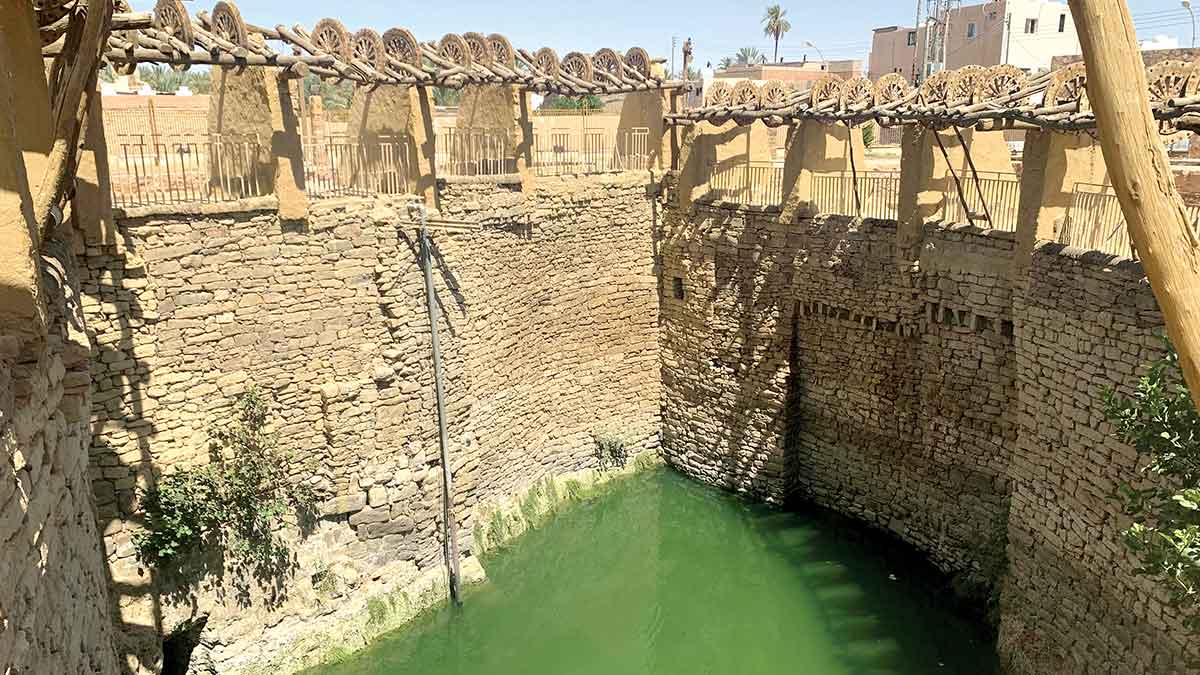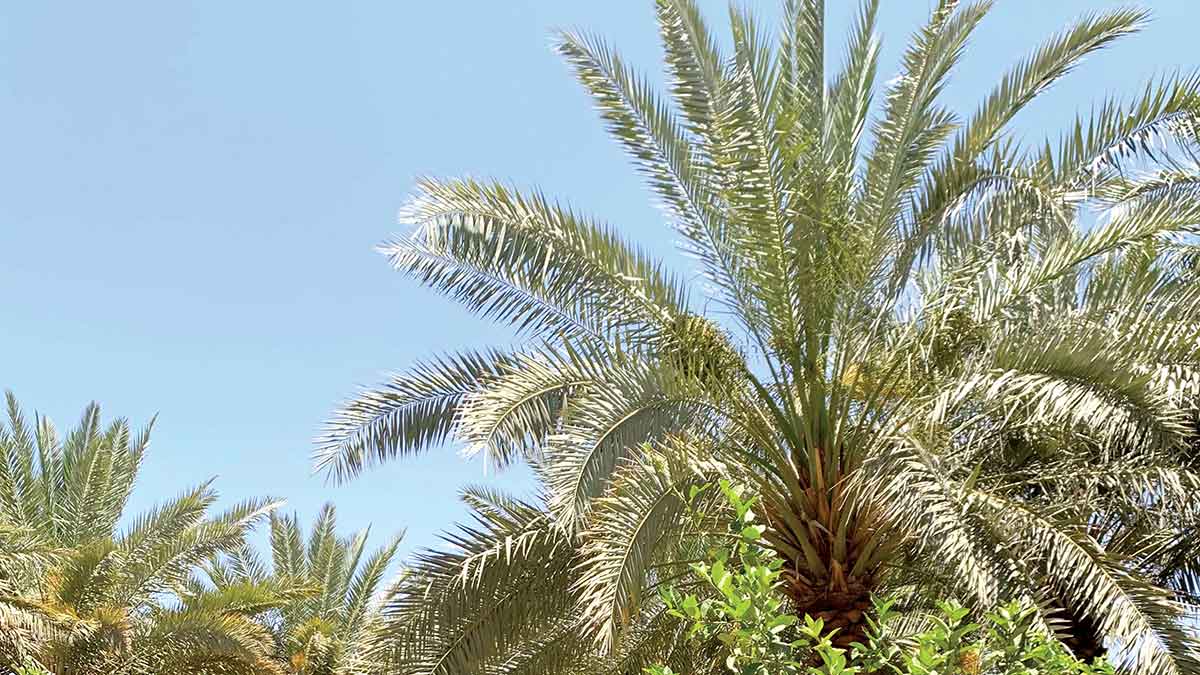Travel in Kingdom
Tayma: On the edge of the Nafud desert, an oasis rich in history

Global June 10, 2021 - By
From the Great Wall of Arabia to the Hadaj Well and across farmlands, ruins, and oases, a site to see in Tabuk.
Tayma, a little town of 36,000 people in the Tabuk region, has a historical depth and was known in ancient times for its riches, even enticing a powerful Babylonia king to reside there.
Tayma is located 260 km southwest of the city of Tabuk, and 230 km northwest of Alula. It is this location, on the edge of the Nafud desert, in combination with plentiful water supplies and farmland that made Tayma an important oasis for caravans on the ancient frankincense route.

Great Wall of Arabia
As people approach north of the city, they will notice the fenced ruins of the ancient city’s wall. With a length of 15 km, the city of Tayma’s wall is one of the biggest ancient walls in the Arabian Peninsula. The findings from a Saudi-German expedition suggest that the wall was built in the middle of the 3rd millennium BC when the city was booming.
People can visit the remains of Arradam Palace, which is believed to have functioned as a guard house due to the close proximity to the city wall. It was built in the middle of the first century BC. Visitors can take a closer look at the Palace’s wall to examine drawings and writing from the pre-Islamic and early Islamic eras. Additionally, a well in the palace is drilled into the rock, which is different from the techniques used to build the existing ones in Tayma, but similar to the ancient wells in the North of Saudi Arabia.
Then, visitors can take the five minute drive to the ruins of the Red Palace, named after the color of the rocks that were used in construction. It is believed to be the royal complex constructed by the last King of Babylon, Nabonidus, when he moved to Tayma and stayed for 10 years in the sixth century BC. Some believe that the king wanted to control the trade transiting the city, while others say he wanted to worship and mediate.

The well that keeps giving
Visitors can then drive for 10 minutes to the old town, which is composed of a thriving cluster of palm farms and a few mud houses and fortresses. The main attraction is Hadaj Well, which can water 100 camels simultaneously. The well perimeter is 65 meters, and its depth is around 12 meters, according to the Saudi Press Agency. Local tradition says that 400 years ago, a flood destroyed Tayma, including the well, and then people moved in and began the reconstruction process.
Your final destination might be the Ibn Rumman Palace; certain parts of the structure were built 170 years ago. The palace is only a short walk or drive from the Hadaj Well. While the interior is not open to visitors, people can admire the craftsmanship of the external wall and towers.
Elusive, famous palace
Another historically important structure in Tayma is Al-Ablaq Palace whose owner Al-Samawal is a figure in pre-Islamic history. There is an active excavation on a historical structure, not open to the public, which may be the famed Al-Ablaq, although doubts remain.
The city’s new museum is under construction, and the National Museum in Riyadh has a section with archaeological findings from Tayma. However, the government museums are currently closed due to COVID-19.




